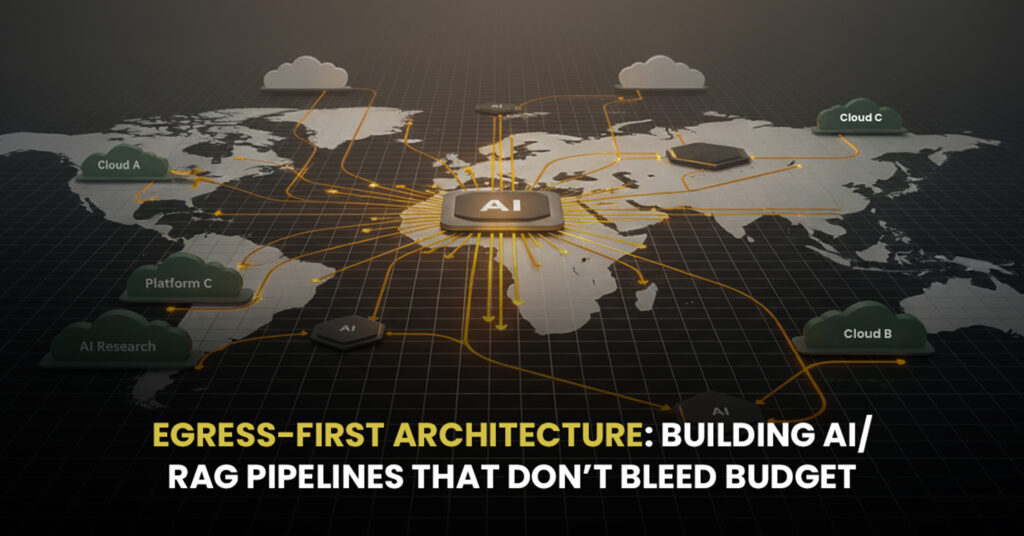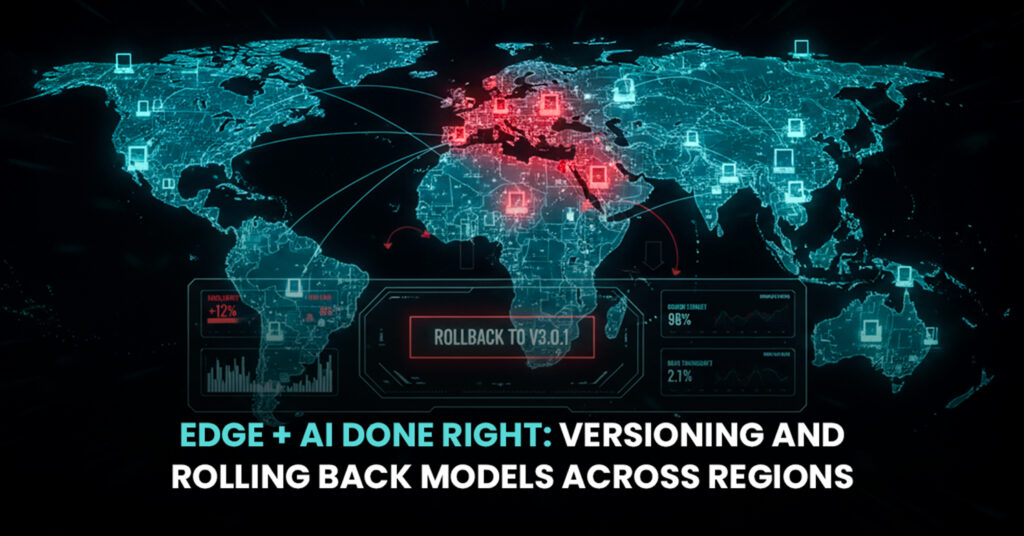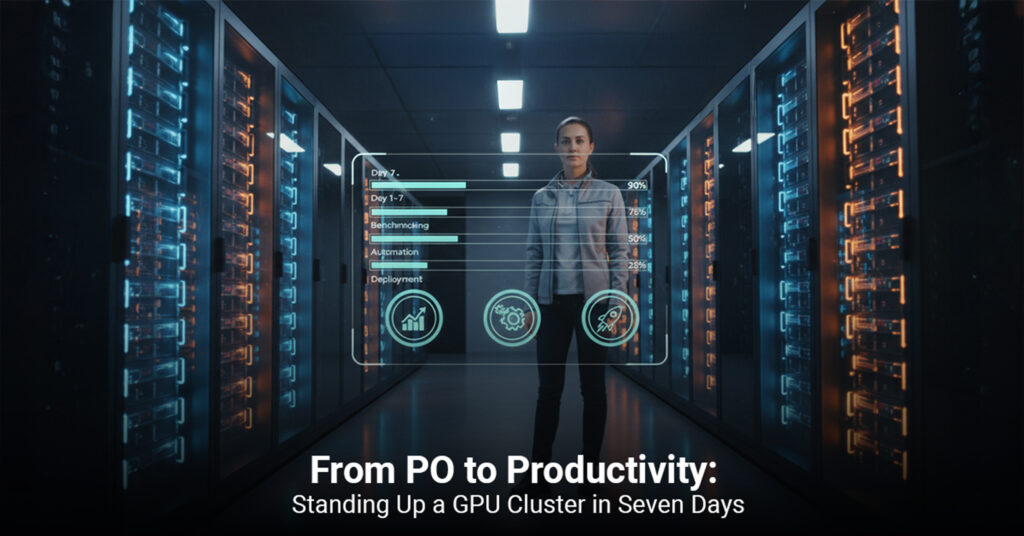When the CFO leans back in their chair and asks, “How much will this migration cost us in downtime?” most cloud providers start hedging. They talk about “minimal disruption” and “planned maintenance windows.” They show you PowerPoints with impressive uptime percentages.
We don’t hedge. We say zero.
Not because we’re reckless or naive, but because we’ve done this dance 200+ times. We’ve seen what happens when a Fortune 500 manufacturer loses production for “just” fifteen minutes (spoiler: it’s not pretty). We’ve watched financial firms sweat over microsecond delays that translate to millions in losses.
The brutal truth? Most cloud migrations fail not because the technology isn’t ready, but because the approach treats enterprise systems like they’re simple web apps that can just “restart if something goes wrong.” Enterprise systems are living, breathing ecosystems where every component talks to twelve others, and taking one down can topple the whole house of cards.
But here’s what we’ve discovered: with the right methodology, zero-downtime enterprise migration isn’t just possible it’s repeatable.
The Anatomy of “Impossible” Migrations
Let’s get something straight: when we say zero-downtime, we’re not playing word games. We mean your users never notice anything happened, your systems never stop processing transactions, and your Monday morning status meeting stays blissfully boring.
True zero-downtime migration means your production environment keeps humming while we build an identical twin in the cloud, sync every database transaction in real-time, and then perform digital magic switching your entire operation to new infrastructure faster than your monitoring systems can blink.
Think of it like performing heart surgery while the patient runs a marathon. Except the patient is processing millions in transactions, serving thousands of customers, and running critical operations that can’t pause for anyone’s convenience.
The technical reality? It’s stupidly complex. Your typical enterprise runs 847 interconnected applications. Each one talks to databases, APIs, external services, and legacy systems that were probably “temporarily” implemented during the Obama administration. These systems have dependencies that have dependencies, requiring methodical approach that would make a Swiss watchmaker proud.
Our “parallel runway” approach treats your existing infrastructure like a plane that can’t land because it can’t. We build a second runway right alongside the first one. Your systems keep running on runway one while we construct runway two to identical specifications. When it’s time to switch, your data makes the jump at light speed, and suddenly you’re flying on cloud infrastructure without ever touching the ground.
When Manufacturing Giants Can’t Afford a Single Second Down
Picture this: a Fortune 500 manufacturing company with production lines in 47 countries, processing $2.3 billion in daily transactions, with 10,000 IoT sensors feeding real-time data to systems that haven’t been turned off since 2019. They needed to migrate everything to the cloud.
The client came to us after their previous provider’s “minimal downtime” estimate of “just a few hours” sent their operations team into cardiac arrest. When you’re running 24/7 global manufacturing, a few hours doesn’t just cost money it breaks supply chains and creates domino effects that ripple through the global economy.
Their legacy ERP system was a beautiful disaster: a custom-built behemoth evolved over fifteen years, processing everything from raw materials to finished products. It was integrated with supplier systems in real-time, fed customer portals instantly, and controlled robotic production lines that couldn’t just “pause” without scrapping millions in work-in-progress inventory.
The CloudServ.ai Solution: Shadow Infrastructure Magic
Our approach was methodical to the point of obsession. We spent three months mapping every API call, database query, and integration point. We built dependency trees that tracked how a purchase order in Germany could affect inventory in Thailand and delivery promises in Brazil.
Then came shadow infrastructure. While their production systems hummed along unaware, we built an identical cloud environment not similar, identical. Every server configuration, database schema, and custom application setting was replicated with pixel-perfect accuracy.
The really nerdy part? Real-time bidirectional data replication. Every transaction in their on-premises environment was instantly mirrored in the cloud. Every customer order, inventory update, and production status change was synchronized, creating a live backup indistinguishable from the original.
Migration day looked like a NASA control room. At 3:47 AM GMT on a Tuesday, we switched their entire global operation from on-premises to cloud in exactly 23 seconds. Production lines kept running. Orders kept processing. Customers kept shopping.
Results That Actually Matter:
- Unplanned Downtime: 0 minutes, 0 seconds
- Performance Bonus: 34% faster application response times
- Cost Reality: 28% reduction in IT operational costs within six months
- Validation: Operations director forgot they were on cloud infrastructure three months later
Financial Services: When Microseconds Equal Millions
Investment firms don’t just need uptime they need performance that makes Formula 1 cars look leisurely. Our client managed $45 billion in assets, running high-frequency trading algorithms executing thousands of trades per second. Their challenge? Making systems faster while never missing a beat.
High-frequency trading operates where the difference between profit and loss is measured in microseconds. Their algorithms competed in digital arms races where fastest code gets best trades. Any interruption wouldn’t just cost money it would destroy their competitive position.
Precision Engineering Approach
We approached this like surgeons planning operation on a beating heart. Blue-green deployment with serious CloudServ.ai innovations created perfect cloud mirrors with performance optimizations. While production handled live trading, we ran parallel simulations, processing identical data streams and validating algorithm results.
The breakthrough: custom traffic switching technology that instantly redirected all traffic from on-premises to cloud in a single, atomic operation.
Results That Redefined Possible:
- Trading Interruption: 0 microseconds
- Performance Improvement: 23% reduction in trade execution latency
- Client Experience: Zero issues from 50,000+ active users
- Competitive Edge: Faster execution than pre-migration
Six months later, the migration had actually improved their market position algorithms fast enough to capture previously missed opportunities.
The Secret Sauce: Technology That Actually Works
Pre-Migration Intelligence Before touching a single server, we spend weeks watching. AI-powered discovery tools map every dependency, analyze traffic patterns, and identify failure points human engineers miss. We establish performance baselines beyond simple uptime response times, transaction throughput, error rates, user experience metrics.
Parallel Infrastructure That’s Actually Parallel Most providers build new environments and hope they match old ones. We build while old systems run, then sync in real-time until they’re identical twins. This includes application states, user sessions, cached data, even temporary files.
Intelligent Cutover Technology The migration moment is where others cross fingers and hope. We’ve automated it to eliminate human error. Traffic routing validates every service response before allowing traffic through. Automated rollback triggers detect problems faster than humans and reverse entire migrations in under sixty seconds.
Startup Success: Growing Without Growing Pains
A SaaS startup in that exciting-but-terrifying growth phase came to us serving 500,000 users but projecting 2 million within a year. They were manually scaling servers and firefighting performance issues while trying to build features.
We designed cloud infrastructure for where they’d be in two years auto-scaling groups handling 500% traffic spikes, databases optimized for rapid growth, and monitoring preventing capacity issues before users noticed.
Growth-Enabling Results:
- Automatic Scaling: Infrastructure handled 300% traffic spikes seamlessly
- Engineering Focus: 40% more development time on features
- Cost Efficiency: 45% reduction in per-user infrastructure costs
- Future-Proofing: Ready for 10x growth without architectural changes
The Real ROI: Beyond Avoiding Downtime
The average enterprise loses $5,600 per minute during unplanned downtime, but real damage comes from reputation erosion, customer churn, and lost business momentum while firefighting instead of innovating.
CloudServ.ai’s Proven Impact: After 200+ migrations with less than four minutes total unplanned downtime, our clients consistently see:
- 31% improvement in application performance
- 28% reduction in operational IT costs
- 89% fewer infrastructure-related incidents
- 156% improvement in deployment velocity
One client calculated that performance improvements alone paid for their entire migration within eight months.
Making the Impossible, Inevitable
Zero-downtime migration isn’t magic it’s methodology. Companies that succeed aren’t necessarily those with biggest budgets, but those understanding migration as strategic business initiative, not just IT project.
The cost of not migrating compounds daily. Competitors gain agility, reduce costs, and move faster on infrastructure designed for 2025, not 2015. Every delayed month means paying premium prices for yesterday’s technology while missing transformation opportunities.
The question isn’t whether to migrate it’s whether to do it right.
Your Next Move
We won’t end with generic calls about “transforming your business with cloud technology.” Instead, here’s our suggestion: take our methodology for a test drive. We’ll analyze your environment, map dependencies, and show exactly how zero-downtime migration would work for your unique situation.
No sales pitch, no generic PowerPoint just detailed technical roadmap that either proves we can deliver or saves you from costly mistakes.
Because the only thing more expensive than doing enterprise migration right is doing it wrong.
Ready to see how zero-downtime migration would work for your environment? Let’s start with a migration readiness assessment that maps your specific challenges and shows exactly how we’d solve them.
Your infrastructure is too important to trust to promises. Let’s show you proof.



